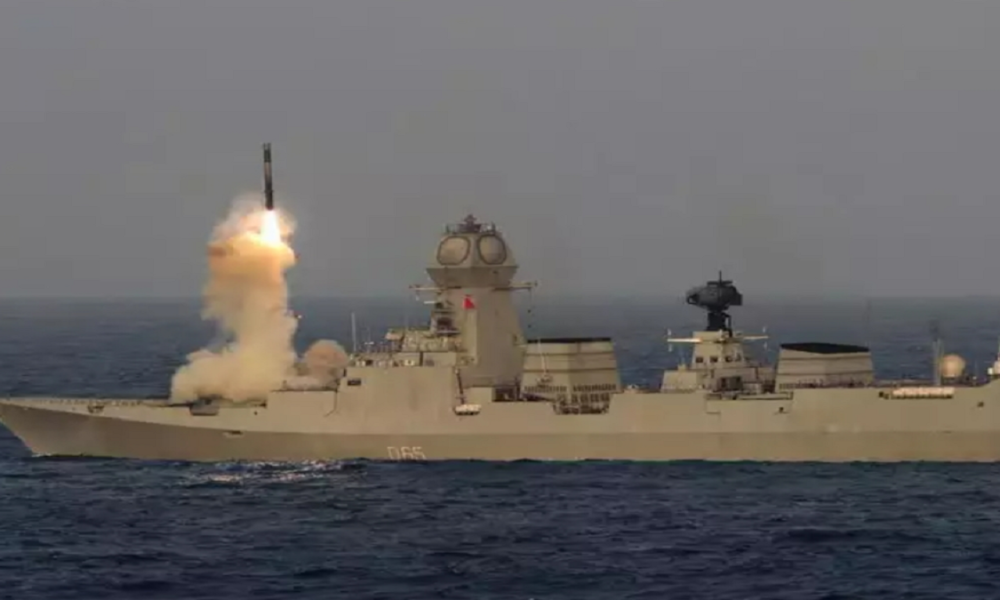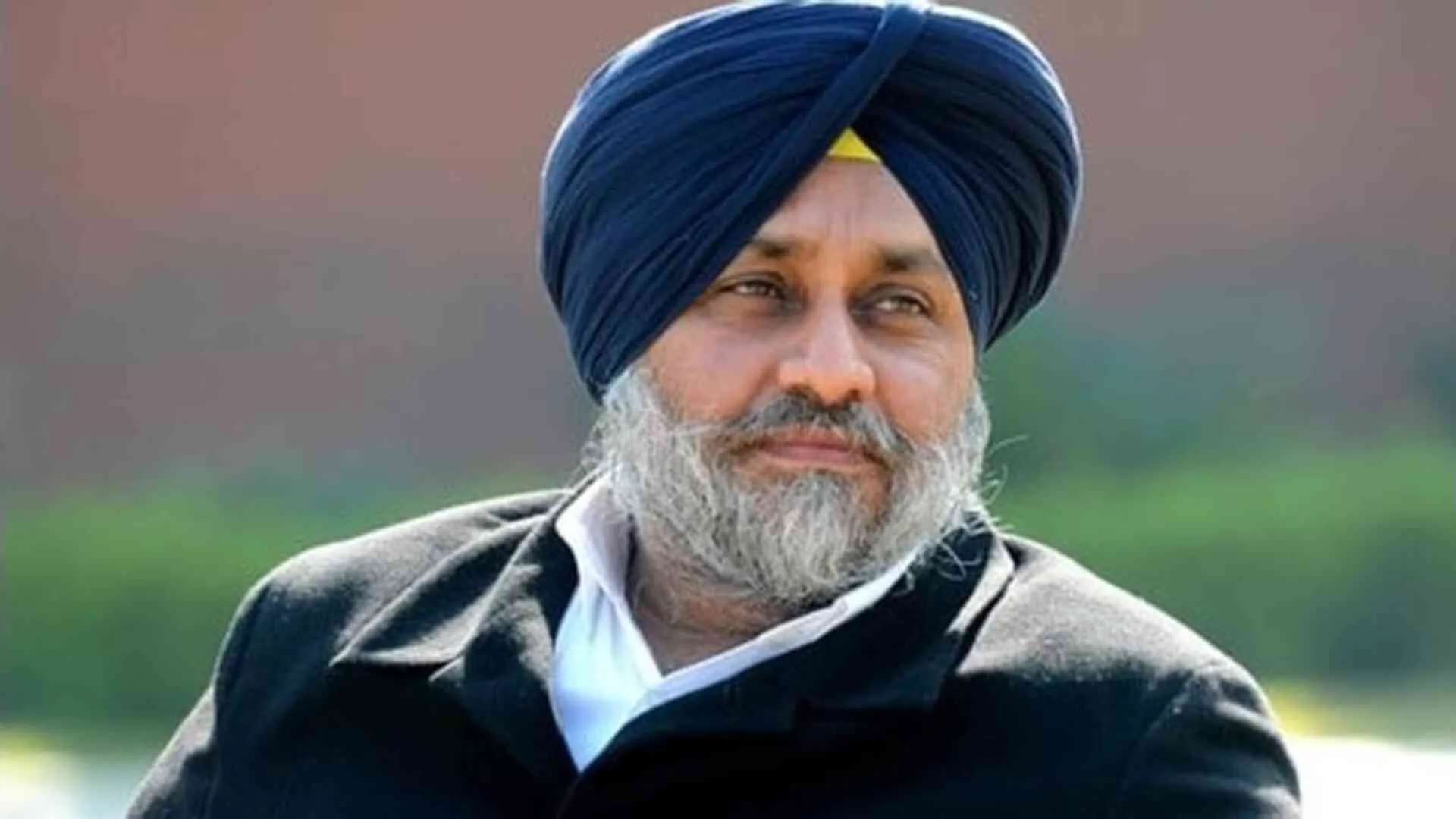Coronavirus is not the only Chinese-origin trouble we are grappling with. There is also the border issue to sort out. With Pakistan continuing to ply its usual nefarious business even in these times of a pandemic, India has a real task at hand. We need many important enablers now. A robust military doctrine is premier amongst them. Military doctrine being critical for national security, awareness about it, is a national requirement.
A battle to remember
31 May 2020 was the 104th anniversary of one of the greatest fleet battles ever, the Battle of Jutland, fought on 31 May 1916 between British and German navies in the North Sea, off the Jutland peninsula where Denmark is located. This battle, the only fleet battle of WW-I, remains a much-studied sea battle and lessons learnt from it will remain relevant till eternity, to militaries and much beyond. Of the many lessons, I take only one in this article, the role and importance of Doctrine.
Doctrines as enablers
Doctrines are drawn up to guide action. They do so, by laying down principles to be remembered while making strategies and while pursuing those strategies. Doctrines are not meant to be hard and fast rules. On the contrary, while providing clear limiting frameworks, they are to foster initiative and creative thinking. A dire need in conflict resolution, especially in the military, where failure is not an option and the ability to be nimble in conflict is critical. Good Doctrines are great enablers.
A glorious British past
The last great fleet battle the British fought before the Battle of Jutland was the Battle of Trafalgar, on 21 October 1805, a full 111 years earlier. In this battle, led by Admiral Nelson, they gained a famous victory. The 33-ship British fleet prevailed over a 41-ship combined fleet of Spain and France. While the British lost not a single ship, the Franco Spanish fleet lost over half their ships. Compared to about 1,500 British sailors being killed or wounded, the enemy lost almost 16,000, killed, wounded or captured.
This was an asymmetric victory by a small force, against a larger force. Moreover, Admiral Nelson wasn’t even there to lead the fight and to provide continued strategising during the battle, as he was shot by a Frenchman at the beginning of the battle and he lay bleeding and dying at the bottom of his ship, HMS Victory. How did the British achieve this?
The answer lies in a statement made later, by the French Admiral who was on the losing side at Trafalgar, Admiral Villeneuve. He said, ‘that day at Trafalgar, the British didn’t need Nelson, because on every ship they had a Nelson’. The ‘Nelson on every ship’ that Villeneuve alluded to, was the Commanding Officer. Nelson discussed naval operations so much with his Commanding Officers in daily life, that they didn’t need instructions in the midst of a fight. Enabled by a common understanding of their leader’s mind, they knew exactly what was expected of them, without orders. This was a brilliant display of a “shared doctrine”. Doctrines are useful, when they are commonly understood.
Deterioration from 1805 to 1916
The end of the Napoleonic wars in 1815, aided in great measure by the French defeat at Trafalgar, made Britain the world’s sole superpower for about 100 years. During this period of prolonged peace they also had political stability, a raging industrial revolution and an ‘empire on which the sun never set’, which gave them untold wealth and industrial resources. Unfortunately, with this bouquet of fantastic gifts, Britain, and especially the British Armed Forces, did not do well.
By the time WW-I came, they had forgotten one important art. The art of fighting. One important reason for this fall, was the ascendancy of ‘communications’ during this period. Initially using flags, and later, using light, radio telegraphy and radio telephony, Commanders at sea or ashore could ‘communicate’ with their subordinates. The net result was that face to face meetings reduced and communications increased.
The irreplaceable advantages of personal communications were lost and generations grew up in the British Navy, simply obeying orders or asking for orders if none came. Critical skills like decision making and risk taking almost vanished. For the smallest decision, people looked up to his senior. A shared Doctrine was now a distant memory. This was going to hit them very hard the next time they faced an enemy.
Battle of Jutland
Though the total number of ships involved was about 150 for Britain and about 100 for the Germans, the main test of strength was to be between 28 British and 16 German Dreadnaught Battleships. With 28 against 16, the British were amazingly superior. Other than the asymmetry in military strength, there was one more asymmetric difference between the two sides. Germany as a country had been born only a few decades before and they had built their first ever Navy from scratch, in just 15 years.
So, technically, they were raw upstarts. More than anyone else, they were aware of their own lack of experience and therefore had the good sense to allow their Commanders to extemporise. In contrast, the British were complacent, with a false assurance stemming from centuries of Naval history, and remained unaware of their own chauvinistic sense of superiority, which wasn’t a great military asset, against any enemy. At 2 in the afternoon, the British scouting forces came in contact with the Germans and the battle started.
Admiral Jellicoe, the Commander of the British ‘Grand Fleet’, leading his famed Battlefleet, was about 70 Nautical Miles away. He immediately headed towards the enemy. However, in the atmosphere of copious communication that existed in the British Navy then, he kept demanding the ‘exact location’ of the enemy from his Scouting forces, who were still in contact with the enemy.
However, he received no inputs. So he continued heading towards the enemy, without rearranging his ships for battle. Finally when he met the enemy, his formidable force was helplessly clustered in its cruising formation, unable to fight. The result was that the British lost three times more men and material than the Germans. They had let go an easy victory. In the absence of a shared Doctrine, too many instructions had to be given and too many inputs taken. This war no war-winning Doctrine.
Doctrines today
Written military Doctrines came to be made from the end of the 19th century. However, it was in the last decade of the 20th century that modern nations almost ran a race in writing down Doctrines, often leaning on Doctrines from other countries, for ‘inspiration.’ Doctrines are important documents. They reflect the professionalism with which states view their own security and hence these are made known to the world. Clearly enunciated Doctrines provide many advantages.
First, if they are aligned to clearly thought out national grand strategy or national security strategy documents, they will be credible, both to the world and to the owner. So, they must flow from top to bottom, with everyone from the apex level sharing a common understanding. The need to draw up a national security strategy is dire. Second, unless clearly enunciated doctrines exist, leaders at various levels wouldn’t know where and how they fit into the system, thereby rendering them incapable of contributing their energies in full strength.
Third, without a doctrine, the leader and the led will not have a common understanding. The leader will never be able to convey exactly what is in his mind, without great effort, and even if he manages to do that, his constituency may not correctly understand what is conveyed. Fourth, doctrines will have to be formally taught, right from the initial stages of training within the service. That is in fact education, not training.
Padded English and great looks don’t make a doctrine good. A good doctrine is that which is simple, commonly understood, accepted and imbibed by all who matter and retained in the head. The trick is to first create the doctrine, and then to make it the blood and breath of the national security environment. I remember a story. A certain document had been prepared laboriously under the express orders of a luminary, covering sublime strategic stuff.
Despite the regular employment of his boot to speed up production within the deadline given by him, he never read a draft or contributed to its contents. Finally, when the book was produced, he held it up by its spine, shook it and exulted, “rather sturdy. Eh? Excellent.” Naturally, the book was of no use.
Commodore G. Prakash (Retd), Nau Sena Medal, served the Indian Navy for 35 years. A specialist in Aviation and AntiSubmarine Warfare, he has held several Command and Staff appointments at sea and ashore. He has been a speaking and writing on Military and Strategic affairs for long. He is available at gp1064@gmail.com.























